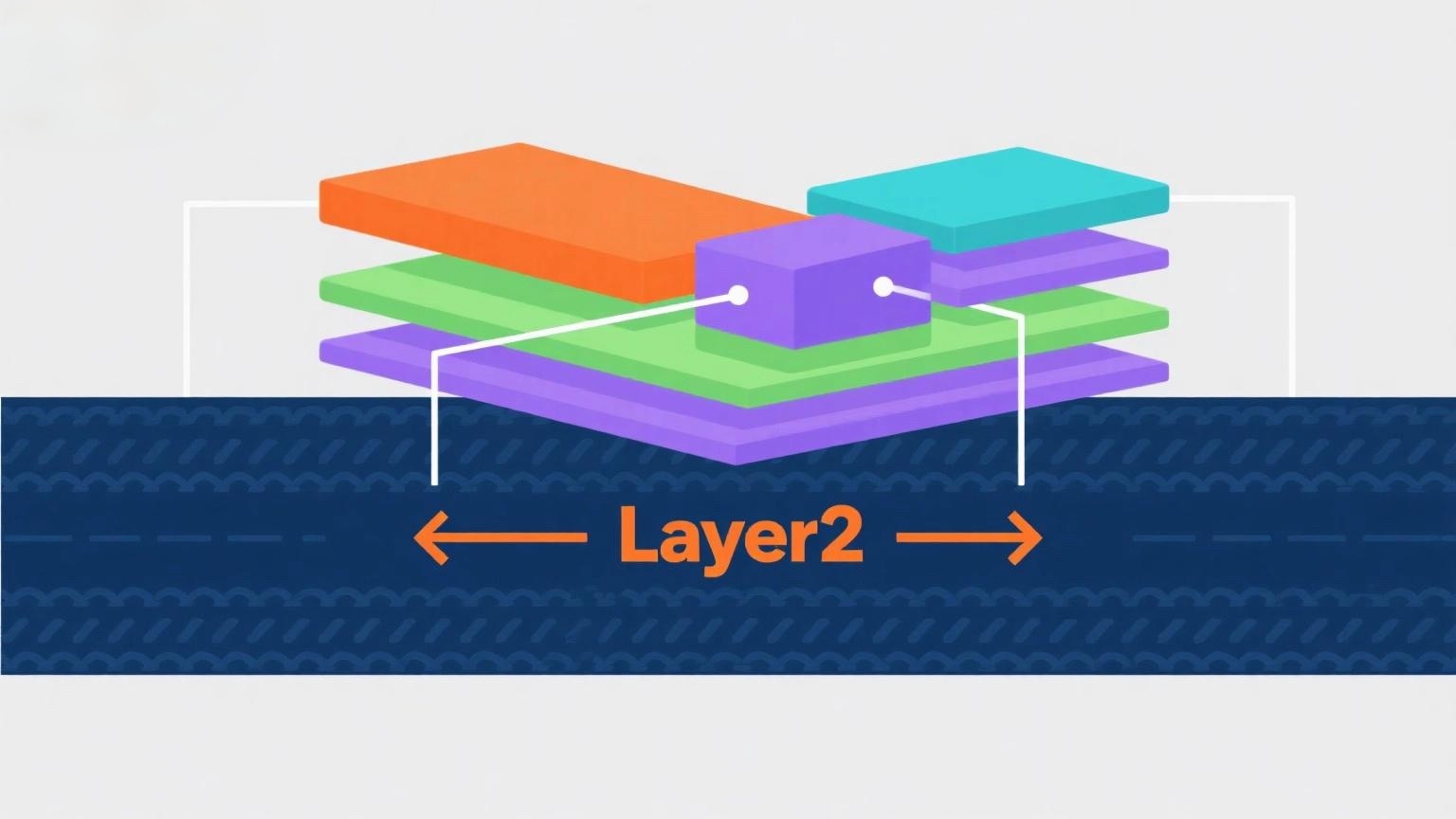
Layer0 represents foundational resources and communication, while Layer1 is another term for the underlying blockchain. The consensus mechanism of Layer1 determines the resource utilization rules of Layer0. Layer0 and Layer1 together are referred to as on-chain. Layer2 exists relative to Layer1 and is a collective term for a series of off-chain scalability solutions.
After the DeFi boom in 2021, Ethereum's transaction volume repeatedly hit record highs. The enormous network demand and rapidly increasing costs, along with excessively high gas fees and long confirmation times, caused significant user frustration, creating an urgent need to improve network scalability. The emergence of Layer2 systems was driven by the scalability bottlenecks encountered in Layer1. Layer1 scaling solutions, such as Bitcoin's block size adjustments, the introduction of SegWit, Ethereum 2.0's transition from PoW to PoS, and sharding, are all implemented at the Layer1 level. However, progress in Layer1 scaling has been slow, with no qualitative improvements in performance, leading people to turn to Layer2 for hope.
Layer2 scaling does not alter the blockchain protocol itself—meaning it does not tamper with any decentralization or security features of Layer1. Instead, it provides new functionalities and performance through interactions between on-chain smart contracts and off-chain data. In short, smart contracts are first executed on Layer2, and the data is later written to Layer1. Currently, most discussions about Layer2 focus on Ethereum's Layer2 solutions to enhance the performance of the Ethereum network.
Ethereum aims to address the scalability trilemma by using both Layer1 and Layer2 solutions. Sharding is Ethereum's Layer1 solution, while the following are its Layer2 solutions: State Channels, Sidechains, Plasma, and Rollups.
Rollups are currently the most mainstream scaling solution, further divided into two categories: Optimistic Rollups, which use Fraud Proofs (represented by Arbitrum and Optimism), and ZK Rollups, which use Validity Proofs (requiring zero-knowledge proofs for all transactions submitted to the Layer1 mainnet, represented by ZKSync and StarkNet). These four projects are currently the most prominent Layer2 projects.
Both OP (Optimistic) and ZK (Zero-Knowledge) ecosystems are backed by strong capital, with top crypto investment firms like a16z and Paradigm betting on projects from both. Currently, the OP ecosystem is more mature, with Arbitrum leading in Total Value Locked (TVL), far ahead of ZK projects like ZKSync and StarkNet. However, ZK's performance-enhancing capabilities remain remarkable, far surpassing OP. Yet, due to its lack of native EVM support and limited use cases, its ecosystem lags behind OP.
















